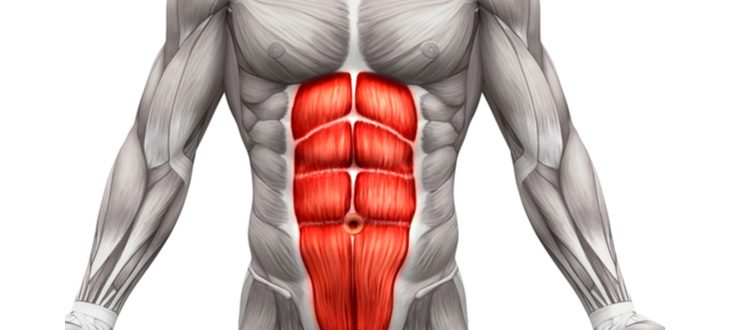The abdominal muscles are vital in maintaining balance and strength in all aspects of life. There are many things to consider when it comes to the strength and stability of your posture, and many reasons that you may experience pain or weakness in your core.
Core muscle weakness is often touted to be a key cause of lower back pain. While this is often present, there is also another key side to the spine – the back muscles – that can cause lower back pain. The focus on the muscles right next to the spine is a critical element in back pain recovery – and yet is frequently overlooked.
Core vs Corset
The superficial muscles of the abdomen include the external obliques, internal obliques, and the rectus abdominis. These muscles are responsible for flexing and rotating the trunk.
The deeper layer of muscle closest to the abdominal organs is the transverse abdominals, which start in your back and wrap around the front of your body. These muscles have evolved to stabilise the back and pelvis by compressing the lower abdomen and narrowing the waist. When they contract, the transverse abdominals pull your abdominal contents in, giving the effect of pulling in what would otherwise be a protruding abdomen – hence its nickname, the “corset”.
Deeper again, we have the paraspinal muscles, the multifidus, which sit right at the spine. If you liken the stabilisation of the spine to a corset type brace, stability and control comes not only from the firmness of the support (the abdominal muscle tone) but also from the tying and tensioning of the corset laces – the multifidus. All of these muscles work in tandem to create a stable centre.
Back Strain
There is clear scientific evidence to indicate that these deep paraspinal muscles don’t recover spontaneously following a back injury. These muscles also require specific exercises to reactivate – just like the deeper abdominal muscles.
If you have strained your back, worried about a disc issue, or worse, and you are finding your back muscles are continuing to feel tired and tense all of the time, and maybe your pain is still niggling and present – these deep back muscles may require some specific attention. It is likely the top layer is being overloaded and not working together with the other muscles in the area as efficiently as they could. Massage is not going to fix the problem more than a day or two, neither is any other treatment source unless you are looking for a bit of relief.
Our solution? Get to the source and strengthen them if they are weak.
Don’t I just need a good massage?
A back massage will only resolve the tension for a day or two – the question should always be; why are these muscles so tense and tired? What is it about your body that is causing those muscles to become so exhausted? How can this be changed? Understanding the biomechanics behind the pain will ultimately lead to the right treatment, and lead to a stronger core and back than before. Seeking advice from a trained physiotherapist is a perfect way to begin the journey to a stronger core and corset.
Think this might be you? Book in and talk to one of our Core Physiotherapists, and get to the source of your back pain. To book an appointment at one of our Brisbane, Logan or Gold Coast clinics, click here.
Our core physiotherapists have a wide range of experience in musculoskeletal physiotherapy and work extensively in the area of Back and Neck Treatments and Rehabilitation. Read more about our team here.

